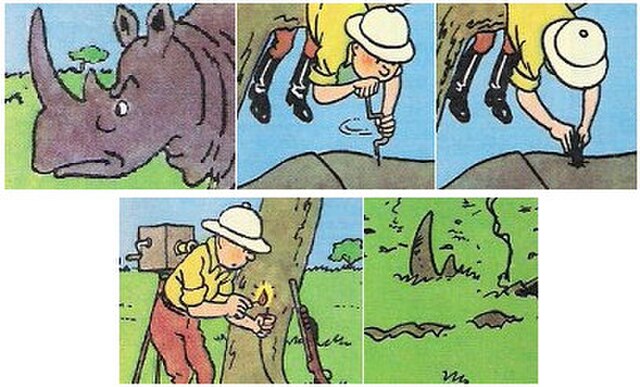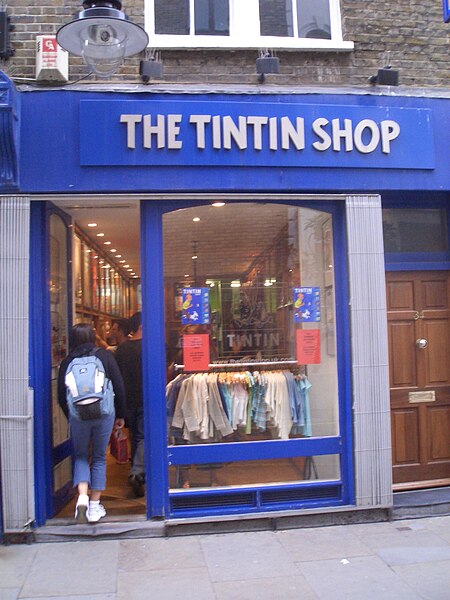Prisoners of the Sun is the fourteenth volume of The Adventures of Tintin, the comics series by Belgian cartoonist Hergé. The story was serialised weekly in the newly established Tintin magazine from September 1946 to April 1948. Completing an arc begun in The Seven Crystal Balls, the story tells of young reporter Tintin, his dog Snowy, and friend Captain Haddock as they continue their efforts to rescue the kidnapped Professor Calculus by travelling through Andean villages, mountains, and rain forests, before finding a hidden Inca civilisation.
Cover of the English edition
The Allied Liberation of Belgium in September 1944 halted the work's serialisation.
Machu Picchu, an abandoned mountain city of the Inca Empire
After a two-year absence since the liberation from German occupation, Tintin returned to Belgium with the Andean adventure Prisoners of the Sun in Tintin magazine, issue no. 1.
The Adventures of Tintin is a series of 24 comic albums created by Belgian cartoonist Georges Remi, who wrote under the pen name Hergé. The series was one of the most popular European comics of the 20th century. By 2007, a century after Hergé's birth in 1907, Tintin had been published in more than 70 languages with sales of more than 200 million copies, and had been adapted for radio, television, theatre, and film.
The early Adventures of Tintin naïvely depicted controversial images, which Hergé later described as "a transgression of my youth". In 1975, he substituted this sequence with one in which the rhino accidentally discharges Tintin's rifle.
Tintin and the Black Island at the Arts Theatre in the West End of London, by the Unicorn Theatre Company, in 1980–81
The Tintin Shop in Covent Garden, London
Belgian Post's series of postage stamps "Tintin on screen" issued 30 August 2011 featuring a chronological review of Tintin film adaptations made through years.








